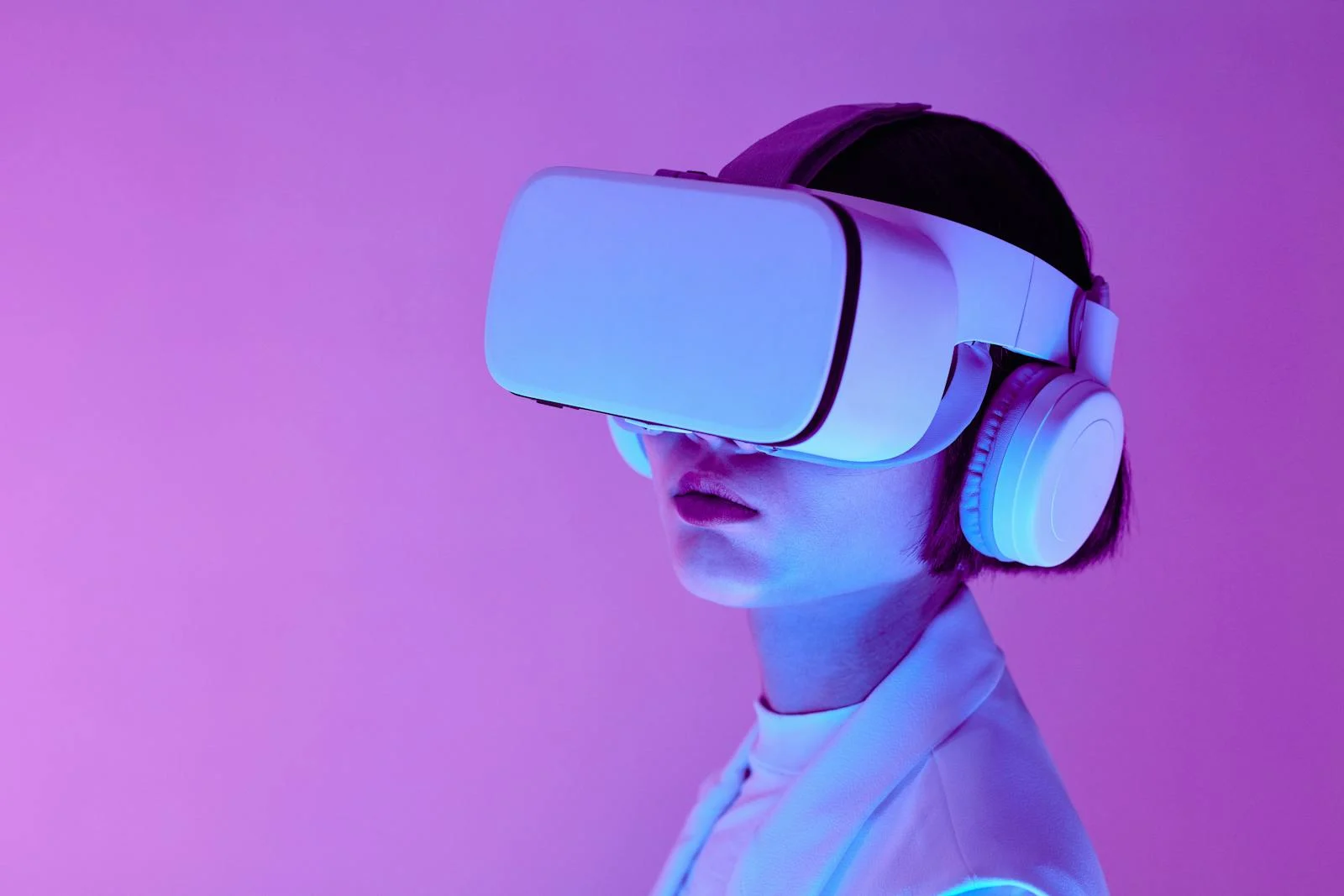For years, video games have been a form of media that simultaneously allows players to escape reality and provides interactive entertainment.
Despite video games being able to offer enjoyment to individuals, the gaming industry has historically alienated female audiences to cater to their male audience by misrepresenting female characters and sexualising them through the male gaze. An example of this objectification in games is in the 2013 action-adventure game Tomb Raider, specifically with the protagonist Lara Croft. At the time of the game’s release, Lara Croft’s character design was highly unrealistic regarding her appearance and revealing attire, which is ultimately impractical as the game is centred around her perilous journeys. Tomb Raider has since altered the protagonist’s appearance, making her body more realistic to that of an average female body and ceasing to appeal to the sexual fantasies that some male players have.
So, how does this impact players’ perceptions of women?
Due to this misrepresentation, male players have since become familiarised with an unachievable and unobtainable appearance of women, which translates into society. Researchers from the USA National Library of Medicine found that men who play video games that have hypersexualised female characters tend to have sexist attitudes towards women outside of games and are more likely to accept rape myths.
While it is undeniable that the gaming industry relies on the sexualisation of its female characters to be successful, the industry is becoming more progressive in its interpretation of women with more authentic protagonists, such as Aloy in Horizon Zero Dawn and Jill Valentine in Resident Evil 3. With this change, there is hope for negative perceptions of women to alter and become rightfully more equal and positive.
By Shannon
Winchmore School Newsroom
